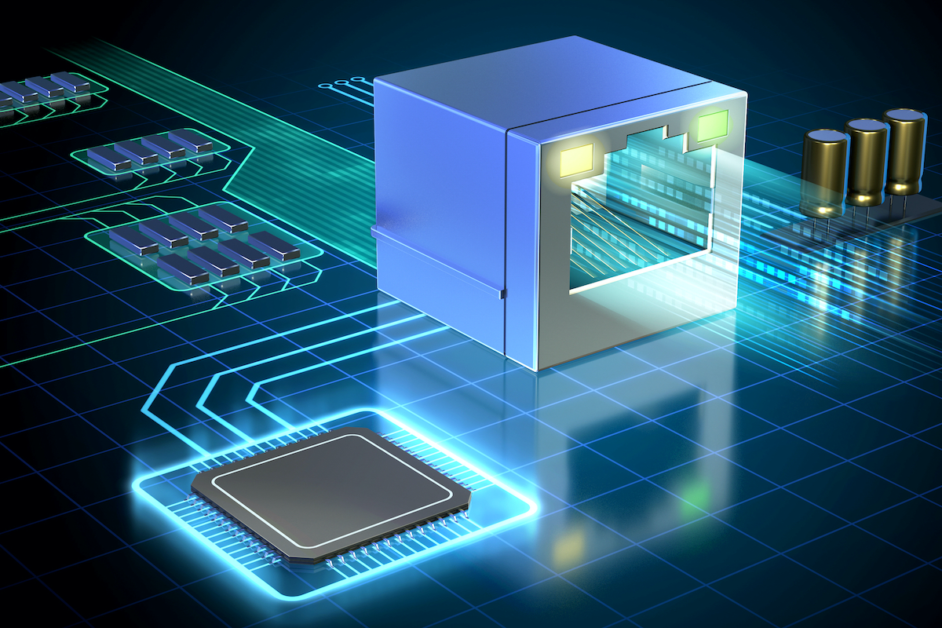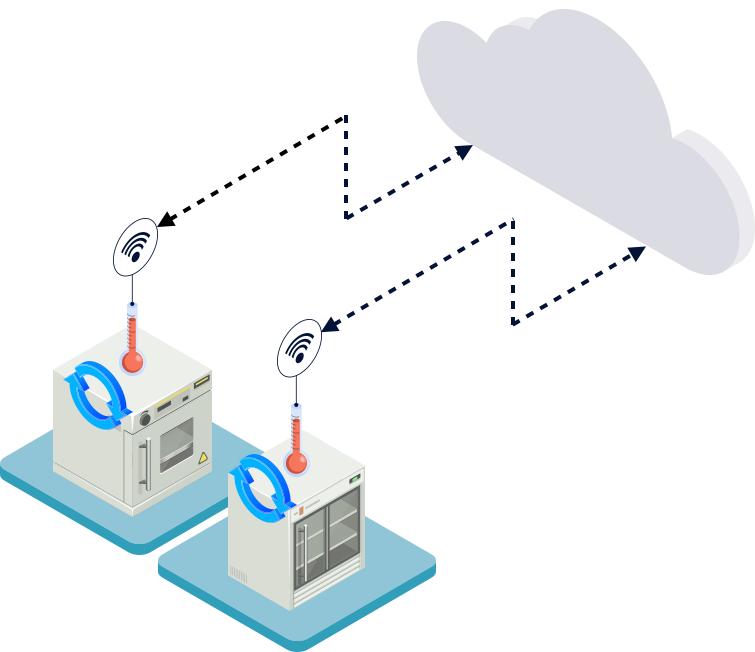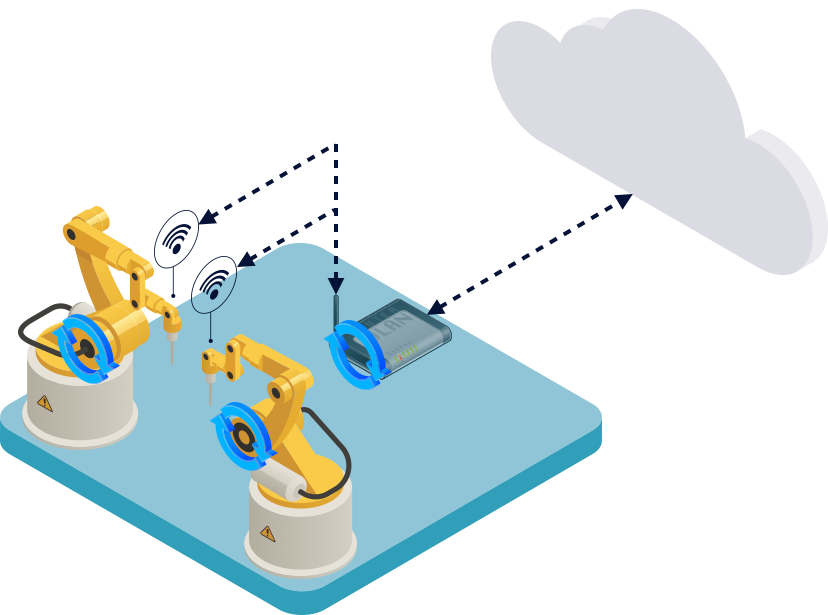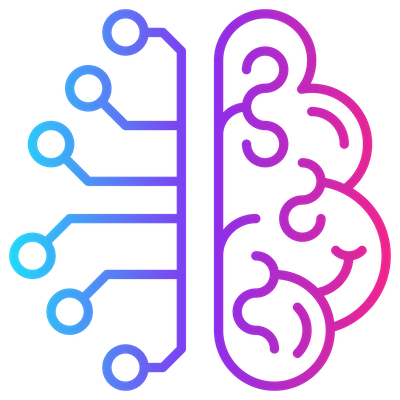OTA architectures

The one size fits all OTA topology doesn’t fit anybody. There is no “best” OTA architecture. The right architecture depends on the “network layout” of your devices. For example a factory with 200 internally connected controllers has totally other needs than 4.000 temperature sensors spread all over the world.
Edge-To-Cloud

With an edge-to-cloud update architecture, an internet-connected IIoT device receives updates from the cloud that can patch the device.
This architecture is primarily used for devices that are geographically distributed and where mostly only a few devices are present per site/company.
For example a temperature sensor/logger that monitors the temperature of a refrigerator in a pharmacy. There is only 1 or a few refrigerators per family but thousands of pharmacies.
Gateway-To-Cloud

In a Gateway-To-Cloud architecture, a cloud connected gateway manages a fleet of sensors. The gateway itself can be updated but the sensors are not updated.
This architecture is best applied when you have a large number of sensors installed on 1 site and the sensors only transmit their measurements to the gateway.
It is important to keep the sensors as “dumb” as possible, since they can not be remotely updated. If there is the slightest change you will need to update the sensors, do yourself a favour and choose another OTA architecture. It will be worth the effort.
Edge-To-Gateway-To-Cloud

In this architecture, a cloud connected gateway is responsible for managing a fleet of devices and the gateway can receive updates for itself or any of the devices it manages.
In a typical production site with a lot to the same type of devices this will be the preferred way of working, since this model best suits network hierarchy and security purposes.
This blog is part of our blog series IIoT Intelligent Firmware Updates.
Want to know more?
Get in Touch
I am the sAInce IIoT whizz”kid” and one of our founding fathers and inventor of IIoT smart sensor location ID patent (BE2014/5160).
At the age of 12, I bought my first computer, … an Apple IIe and started coding. A decade later and passionate about technology, I graduated as electronics & embedded engineer.
Ever since I have been designing and developing mission critical smart distributed monitoring, telemetry and IIoT systems.
